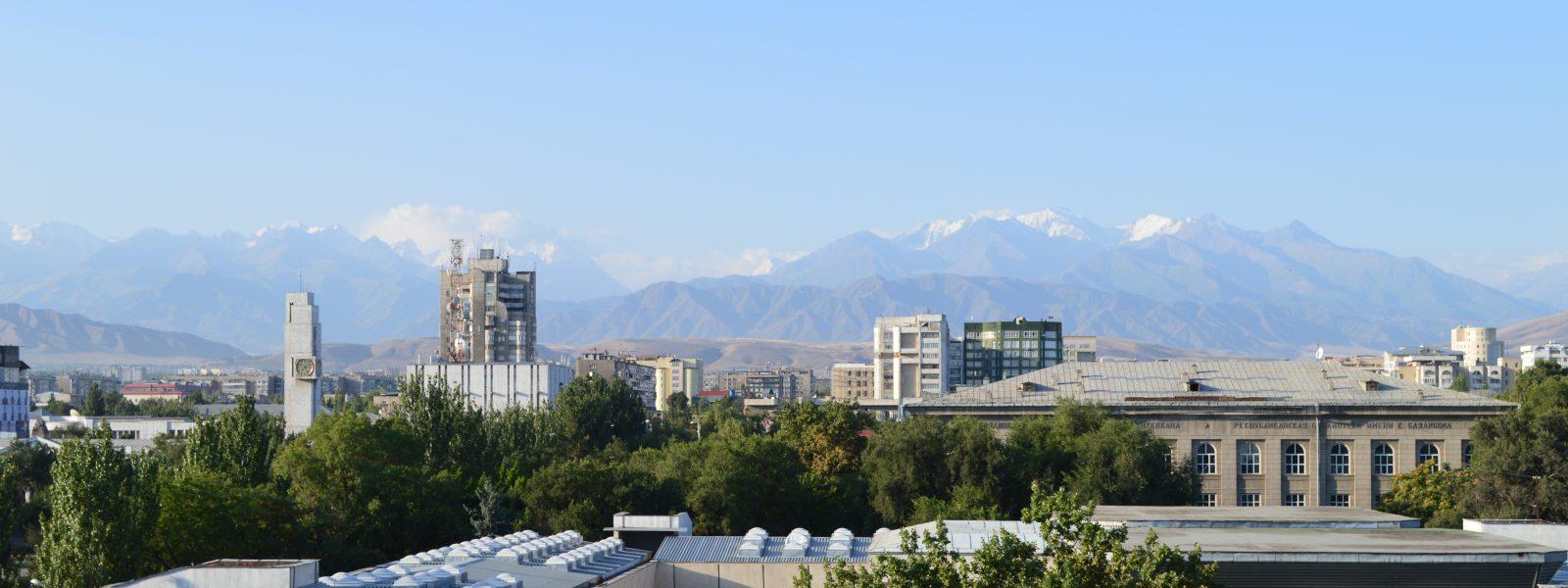Bishkek is the capital city of Kyrgyzstan and it is located on the northern border, very close to neighboring Kazakhstan. The city has wide boulevards and that adds a very pleasant aspect to the city. Additionally, the Tian Shan Mountain range surrounds the city and provides majestic mountain views from within.
Brief Introduction to Bishkek, Kyrgyzstan
In 1825, the Uzbeks built a fortress to control the trade routes and extract tribute from the local Kyrgyz tribes. The settlements that sprouted up around the fortress became known as – “Pishkek”. However, the Russians demolished the Uzbek fortress and took control in 1860.
In 1925, the Bolsheviks changed the name of the city to – Frunze – in honor of a Bolshevik military leader. Finally, in 1991 Kyrgyzstan achieved independence from the Soviets and they changed the name of the city to Bishkek.
Visit Central Square in Bishkek, Kyrgyzstan
In the center of Bishkek is Ala-Too Square. The Soviets originally built the square in 1986 to commemorate 60 years as the Kyrgyz Soviet Socialist Republic. As a result, a giant statue of Lenin was at that time placed in the middle of the square.

However, after achieving independence in 1991 the new Kyrgyz administration chose to replace the Lenin statue. As a result, in 2003, the statue of Lenin was moved to a smaller square nearby and replaced with a “Erkindik” (freedom).
However, the Kyrgyz again decided to replace the centerpiece statue in 2011 to commemorate 20 years of independence. The new replacement would be a statue of their historical national hero named – “Manas”.
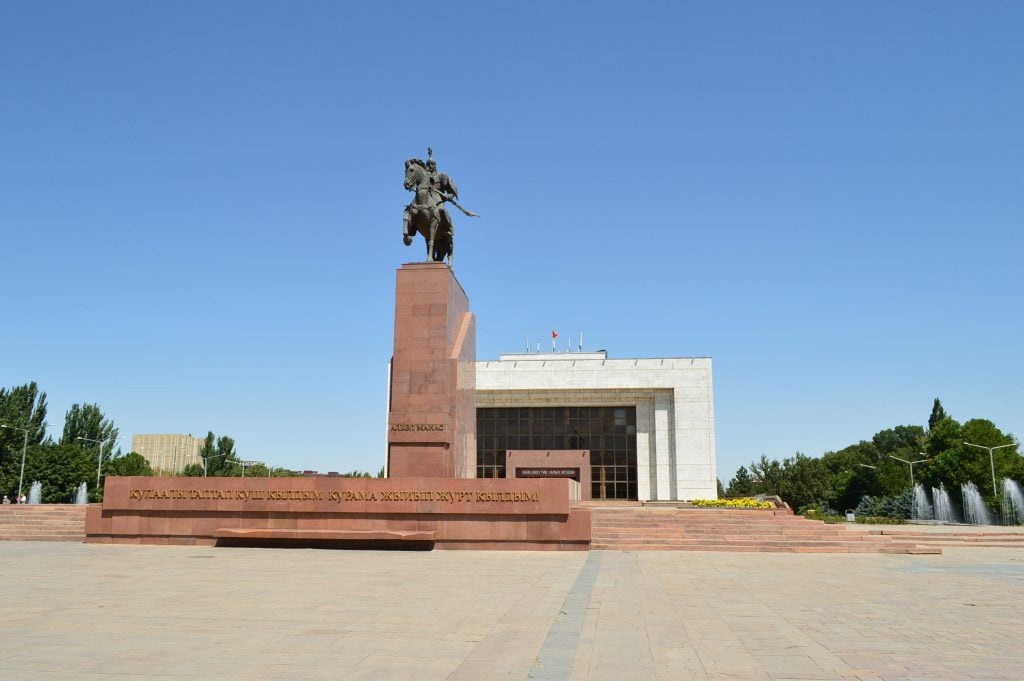
Manas is an important figure in Kyrgyz history because he united the 40 tribes and therefore preserved the Kyrgyz culture for posterity. Indeed, ethnic tensions had arisen in the country post independence. As a result, Manas would be an ideal figure of solidarity for the people of Kyrgyzstan. Theoretically, the symbol of the historic figure of unity would help quell the tensions.
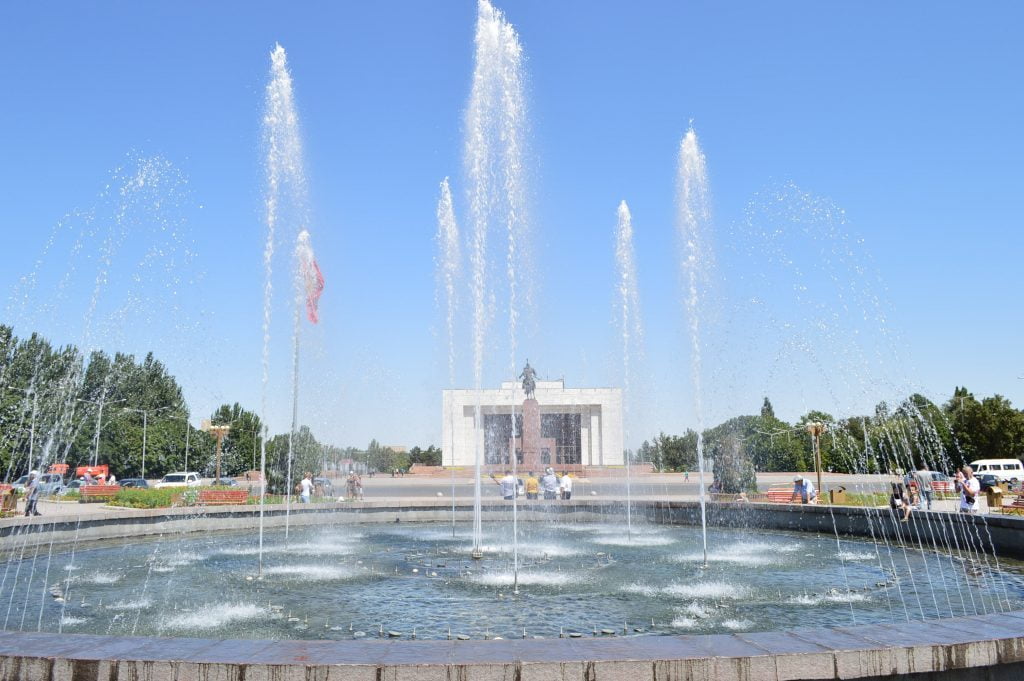
Tulip Revolution 2005
Unfortunately, Ala-Too Square would become the location of the Tulip revolution in 2005. The protest was due to the dubious results of a parliamentary election and the protestors grew violent when the government refused to acknowledge their demands. Eventually, the protestors would storm the presidential office building forcing the president – Askar Akayev – to flee the country and resign his position.
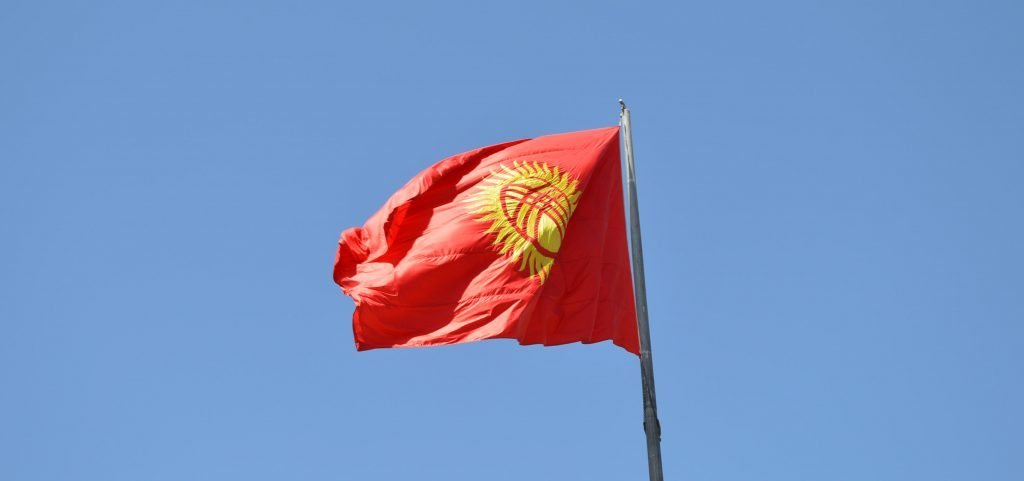
Victory Square
Victory Square was completed in 1986 in dedication to the great war and the suffering that the Soviets had to endure to secure victory. As a result, “Monument of Victory” is the centerpiece of the square. Additionally, the arches are symbolic of the yurt crown “tunduk” which is similar to the symbol at the center of the sun’s rays on their national flag.

At the center of the photo at the top of the stairs is the statue of a woman who is holding a cup of milk. She stands near the eternal flame and waits for her husband to return from the great war. Additional monuments at the Victory Square memorial include 2 men carrying a dismantled machine gun returning from the great war.
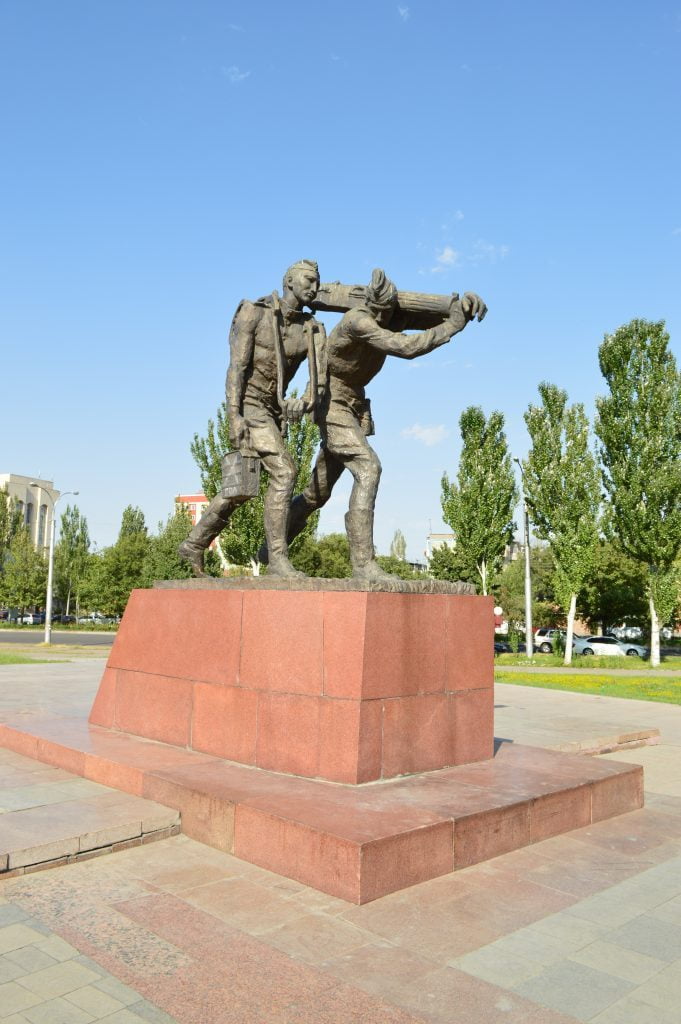
Enjoy the Best of Bishkek
There are other interesting things to do in Bishkek. Additional features of the city include the historical museum, the Alley of Heroes and the Park of Ataturk. Moreover, there are a few pleasant restaurants and cafes located in the city. There are also some clubs for those who wish to explore the Bishkek nightlife.
However, the most grand feature of Kyrgyzstan is of course the mountains. Indeed, Bishkek has easy access to a couple of majestic hiking opportunities at Ala Archa National Park. I will cover this adventure in more detail in a separate post.

